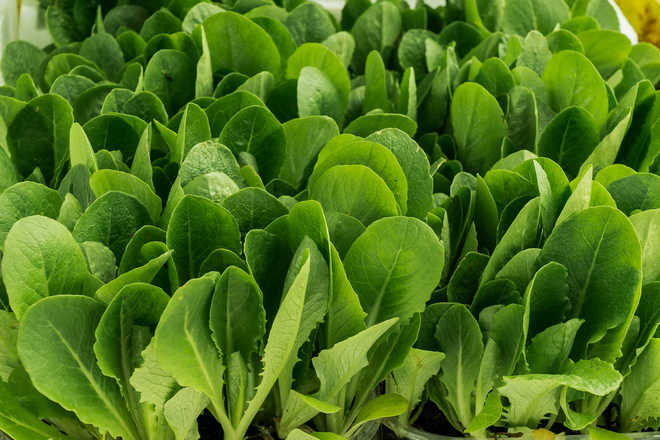
Study reveals the structure of cytochrome b6f—the protein complex that significantly influences plant growth via photosynthesis.
London, November 14
Scientists have solved the structure of one of the key components of photosynthesis, an advance that could lead to the process being ‘redesigned’ to achieve higher yields, and meet urgent food security needs.
The study, published on Thursday in the journal Nature, reveals the structure of cytochrome b6f—the protein complex that significantly influences plant growth via photosynthesis.
Photosynthesis is the foundation of life on the Earth providing the food, oxygen and energy that sustains the biosphere and human civilisation, the researchers said.
Using a high-resolution structural model, the team led by University of Sheffield in the UK found that the protein complex provides the electrical connection between the two light-powered chlorophyll-proteins (Photosystems I and II) found in the plant cell chloroplast that convert sunlight into chemical energy.
“Our study provides important new insights into how cytochrome b6f utilises the electrical current passing through it to power up a proton battery,” said Lorna Malone, the first author of the study, and a PhD student at the University of Sheffield.
“This stored energy can then be used to make ATP, the energy currency of living cells. Ultimately this reaction provides the energy that plants need to turn carbon dioxide into the carbohydrates and biomass that sustain the global food chain,” Malone said.
The high-resolution structural model, determined using single-particle cryo-electron microscopy, reveals new details of the additional role of cytochrome b6f as a sensor to tune photosynthetic efficiency in response to ever-changing environmental conditions.
This response mechanism protects the plant from damage during exposure to harsh conditions such as drought or excess light, the researchers said.
“Cytochrome b6f is the beating heart of photosynthesis which plays a crucial role in regulating photosynthetic efficiency,” said Matt Johnson, reader in Biochemistry at the University of Sheffield, and one of the supervisors of the study.
“Previous studies have shown that by manipulating the levels of this complex we can grow bigger and better plants.
“With the new insights we have obtained from our structure we can hope to rationally redesign photosynthesis in crop plants to achieve the higher yields we urgently need to sustain a projected global population of 9-10 billion by 2050,” Johnson said. — PTI



























